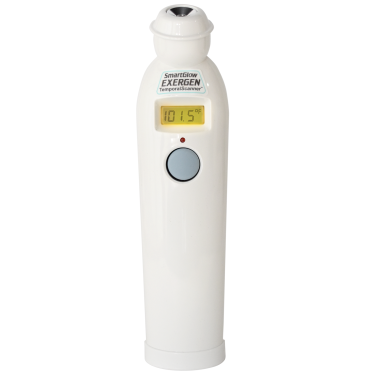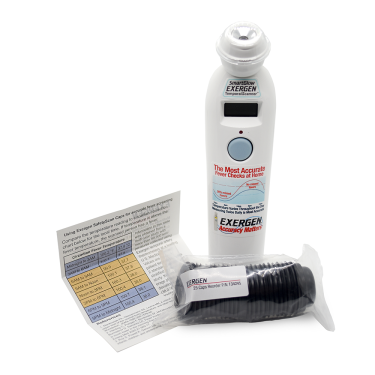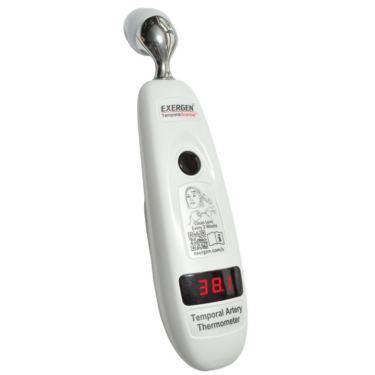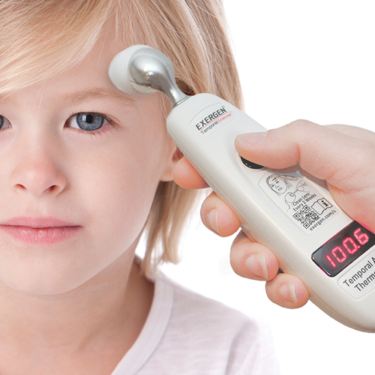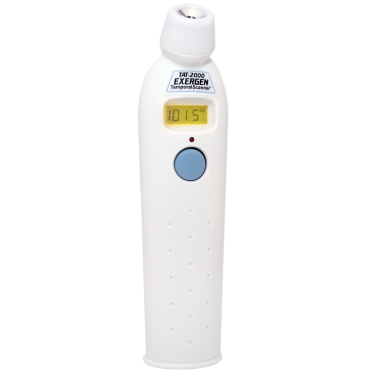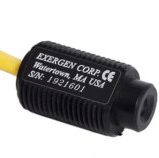General Information
Tire temperature is of critical concern in automotive racing for two reasons:
1) Tire temperature directly affects the tire’s adhesion and wear characteristics. For example, as it takes lap after lap around an oval track, a race car’s tires will begin to build up excessive heat in those areas that grip the curves. Temperature readings can help drivers and pit crews know when tires have begun to wear excessively or unevenly, and signal the proper time to bring the car in for a pit stop. By measuring the tire temperature, pit crews can save drivers precious time, ensuring they change the tires at the right moment, not too early, not too late.
2) Tire temperature patterns provide valuable information regarding the set-up and performance of the automobile’s suspension. For example, the out-of-tune suspension will place excessive loading on a tire and cause that tire to become considerably warmer than the others. The rubber in the areas with the excessive load will wear much more quickly than other parts of the tire and will begin to lose its grip. When this occurs, the four tires could wear out differently, requiring the racer to make more frequent pit stops and lose precious time.…
Why Exergen IR Non-Contact Sensors
– Interchangeable, plug—and—play solution. From sensor to sensor the interchangeability error is < 0.5°C.
– Repeatability. Sensors will be repeatable within 0.1°C under the same conditions.
– Non-contact. Contact sensors can break, can’t measure a moving target, and can also damage the material being measured, such as the tire.
Commercial Advantages
– Price. Compared to other IR options, the IRt/c devices are low in cost.
– Self-Powered. No power supplies or batteries needed to energize the sensor, and no noise from electronics to have to worry about.
– Size. The IRt/c is as small as 0.25” in diameter, making it easy to mount and fit anywhere in the vehicle that may have tight constraints.
– Reliable. These passive devices have a Mean Time Between Failure rate of over 1,000 years, so they will outlive the tire, automobile, and driver.
– Speed. Just like the race car, the sensor is fast, providing a reading every 100 milliseconds. If a tire spins 1500 Revolutions per Minute, the sensor takes a reading every 2.5 revolutions.
